NASA will return to Venus for the first time in decades!
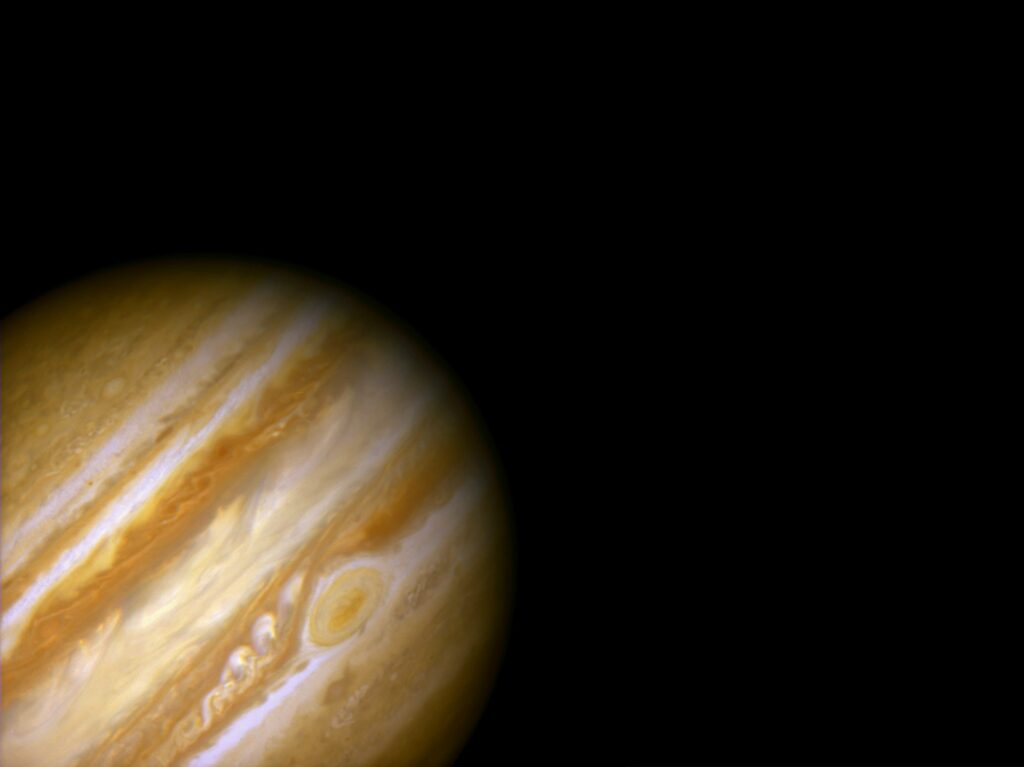
If the last few years have been the years of Mars, the next ones will be of Venus, NASA had a surprise in store for planetary scientists, the agency announced that the turbulent and toxic planet Venus will be the target of the next two missions in its competitive program Discovery, although it has some hellish weather conditions, there is a possibility that there is life in its atmosphere and that is what they are going to look for.
For the first time in more than three decades, NASA will return to Venus, thanks to two new planetary missions estimated for 2026. DAVINCI+ and VERITAS are the names they receive. Venus, in a certain sense, is the planet most similar to Earth, a similar mass, a similar composition and a similar size make us think that it is a place that can harbor life, however, its atmosphere is another story. The temperature within the dense atmosphere of Venus makes it a hellish place at over 400 degrees Celsius.
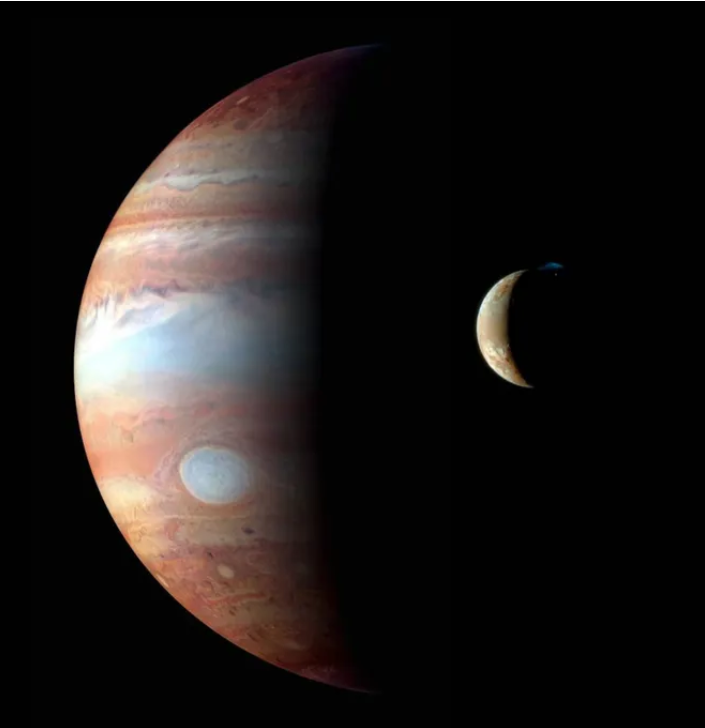
These two sister missions aim to understand how Venus became a hellish world capable of melting lead on its surface. They will offer the entire scientific community the opportunity to investigate a planet we have not been to in over 30 years. It is hoped that these missions will help to better understand how Earth evolved and why it is currently habitable, when other rocky planets in our solar system are not. One spacecraft called DAVINCI+ will study the planet’s toxic atmosphere, a thick layer of clouds of carbon dioxide and sulfuric acid, while the other, VERITAS, will make detailed maps of the planet’s surface and try to reconstruct its geological history
The last U.S. mission to Venus, Magellan, ended in 1994 when the spacecraft executed a scheduled dive through the planet’s atmosphere. Since then, European and Japanese probes have visited Venus and scientists have continued to investigate the intriguing planet with ground-based telescopes. Despite the research, the mysteries of Venus have only deepened, among them growing evidence of ongoing volcanism on the planet’s surface, even though Venus lacks the kind of tectonic activity that fuels Earth’s more volcanic regions. There is also the controversial detection of phosphine gas in the planet’s atmosphere, which could be a sign of life.
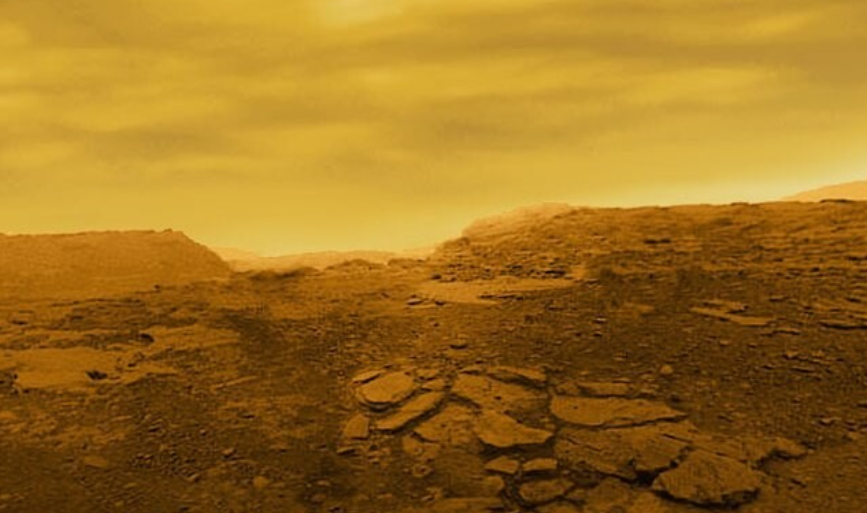
Soon, perhaps by the year 2030, DAVINCI+, the Noble Gases, Chemistry, and Imaging Venus Deep Atmosphere Research spacecraft, will set sail for Venus. It will then descend through the planet’s atmosphere, which is 90 times denser than Earth’s, collecting samples and transmitting data that will help scientists understand how it evolved and whether the planet ever had oceans.
While DAVINCI+ studies Venus, its emissivity, radioscience, InSAR, topography and spectroscopy, the VERITAS spacecraft will be mapping the planet’s surface from orbit. Those images, as well as providing detailed information about surface chemistry and topography, will help piece together Venus’ geological history and perhaps help solve the mystery of how it evolved into the hell next door.
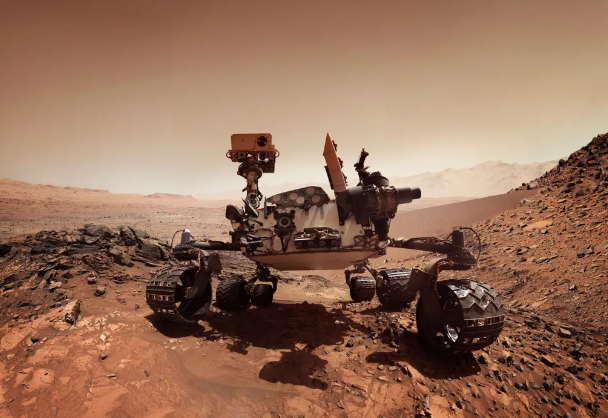
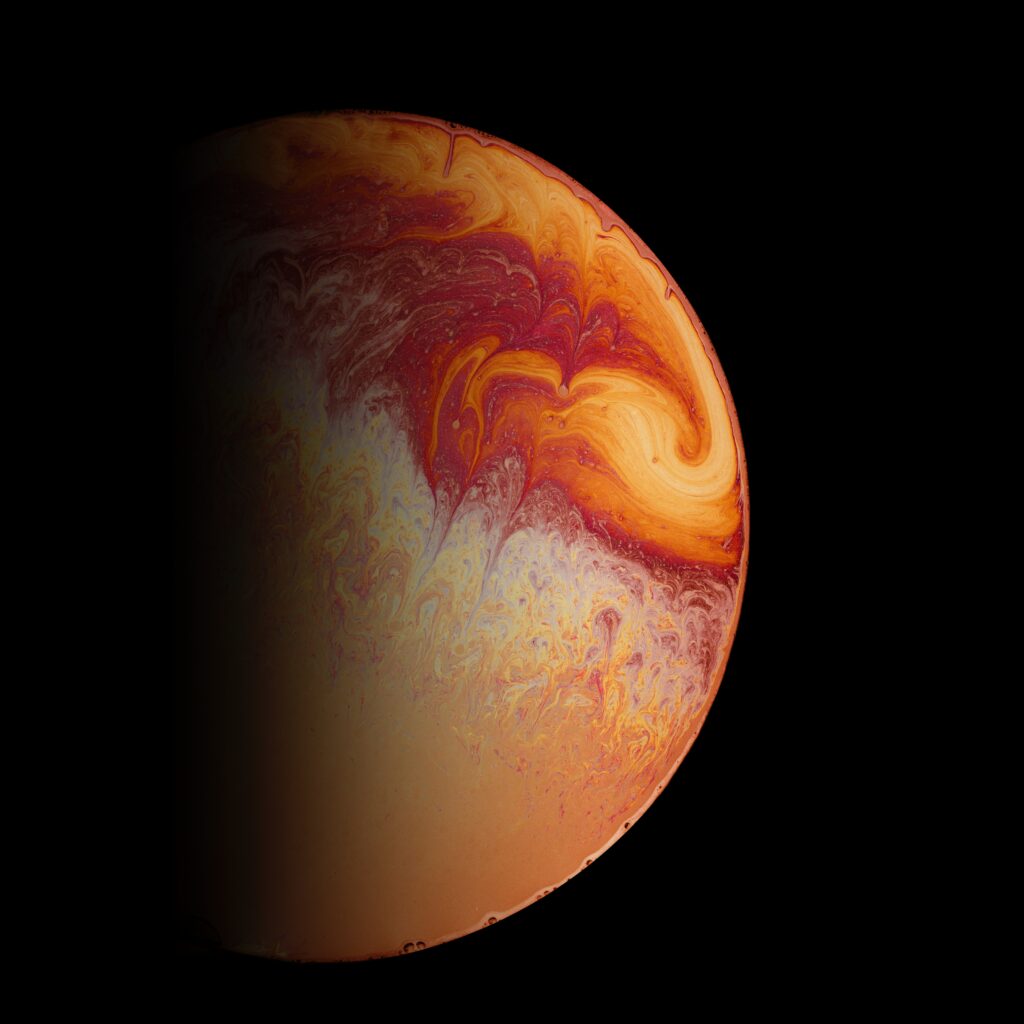

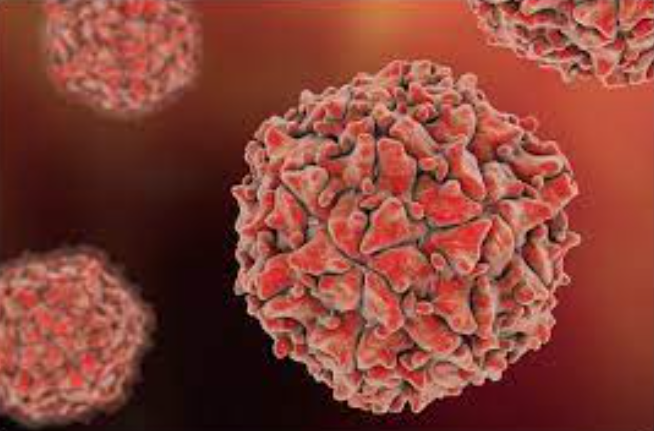
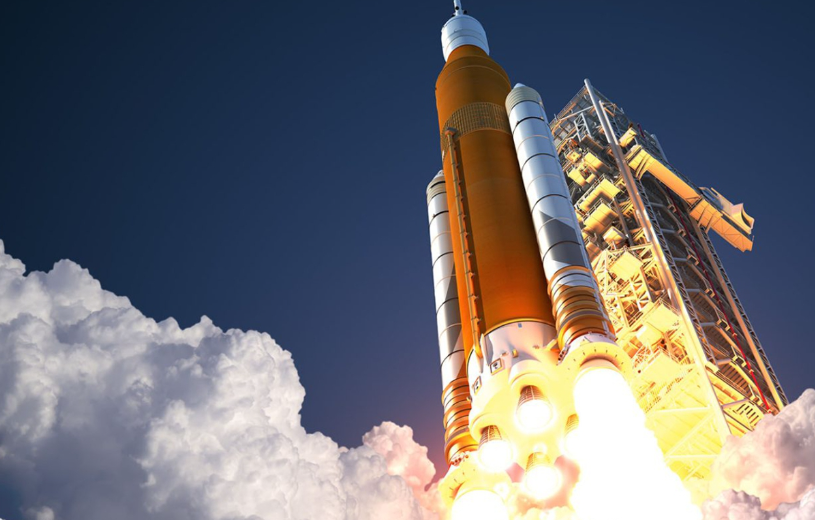
Responses